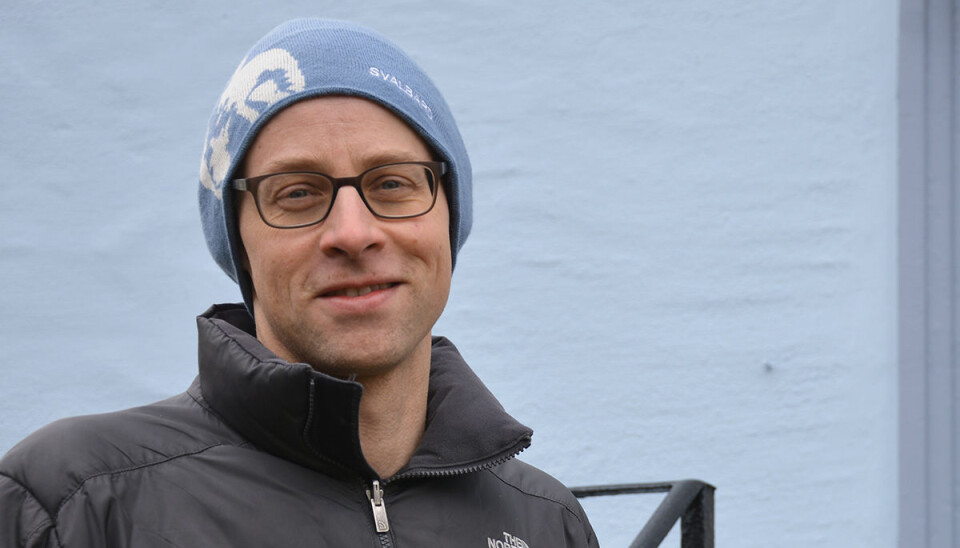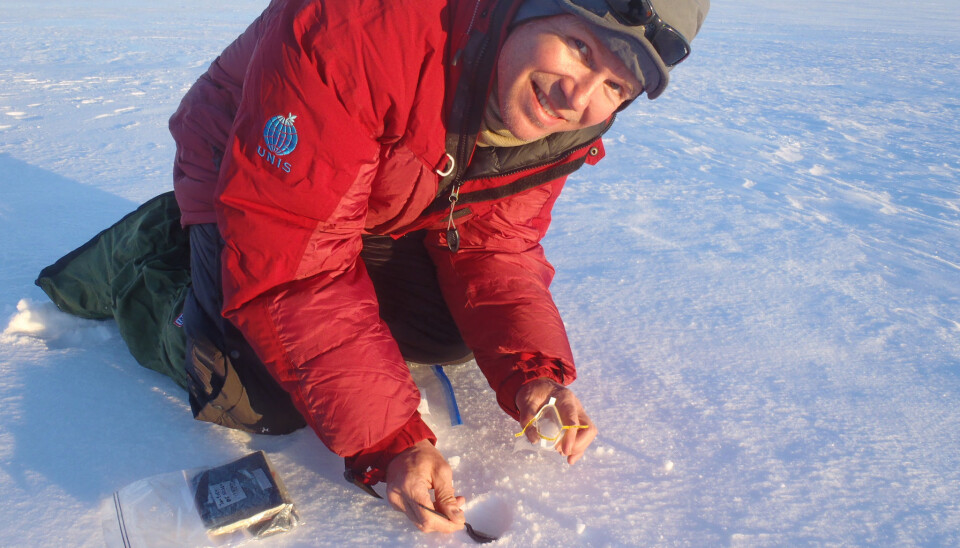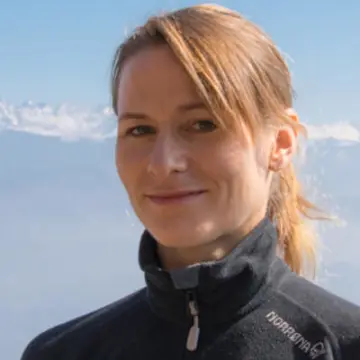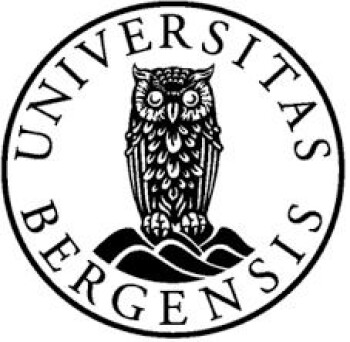This article was produced and financed by the University of Bergen - read more

Citizen science postponed: There will be no snow collecting campaign this Easter
PODCAST: Small bags can be filled with traces of winter storms. Skiers help Harald Sodemann find out where the Norwegian snow comes from. His project planned for this Easter will, however, be postponed till next year.
A spoon, some plastic bags and a couple of glass flasks are all you need. The equipment fits in a small plastic bag in the top of your backpack. In a normal year, flocks of Norwegians travel to the mountains for Easter, eager to spend as much time on skis as they can.
This seasonal migration provides a splendid opportunity for snow science. Last Easter Harald Sodemann invited colleagues in Bergen and Oslo to participate in his citizen science snow project. They were simply asked to bring home snow. Next year he would like to ask for the help of other skiers, as well.

Harald Sodemann is a professor of meteorology at the Bjerknes Centre and the Geophysical Institute at the University of Bergen. He studies the water vapor transport in the atmosphere, and how weather systems affect this transport.
Snow from the south and the north
Sometimes the water molecules in the rain or snow that falls over Norway have evaporated from the sea surface far south in the Atlantic. When huge amounts of water vapor are carried northward by so-called atmospheric rivers, the western mountains get extremely wet.
At other times, the flow of humid air comes from near the sea ice edge to the north. The coastal regions of northern Norway are particularly exposed during such conditions.
“People in Tromsø are not happy about such weather”, says Harald Sodemann. “They have to shovel snow all day.»
Understanding what characterizes air streams from different ocean regions, is important when forecasting extreme weather in different parts of the country.
Getting more snow
Models of the atmosphere are the most important tool in transport research, but to check the validity of the model results, the scientists need data from the real world. That is why Harald Sodemann collects samples of rain water and snow.
The composition of water molecules in the snow can reveal where the water evaporated and the processes it has gone through before falling as crystals over the mountains. Last year his colleagues brought him 160 samples of melted snow from all over southern Norway.

A family of light and heavy siblings
Two drops of water are rarely equal. Water molecules come in different forms – isotopes – an entire family of normal water, heavy water and semi-heavy water.
“The siblings do not have the same weight”, says Harald Sodemann.
All the water isotopes occur naturally. Any raindrop or snowflake will contain them all, but not in equal amounts. Their distribution depends on the temperature at the time and place the water evaporated, as well as processes the water vapor has gone through afterwards.
Of the 160 samples taken last Easter, those from western Norway were markedly different from those from the east. In western Norway, westerly winds bring the most snow. Eastern Norway gets more snow with winds from the south or east. Southerly winds can bring snow both to the east and to the west.
Through laboratory analysis of the snow, the researchers could trace last year’s Easter samples back to distinct weather systems having passed during the winter.
In this podcast from the Bjerknes Centre, Harald Sodemann tells more about his research. This year’s Easter campaign has unfortunately been canceled. Next Easter, he hopes to see crowds of new snow collectors skiing in the Norwegian mountains.
The podcast is produced by host NERSC researcher Stephen Outten, and editor and associate professor Ingjald Pilskog.
Find more episodes of the Bjerknes podcast on Podbean, Apple, Spotify, or wherever you get your podcasts.
———

































